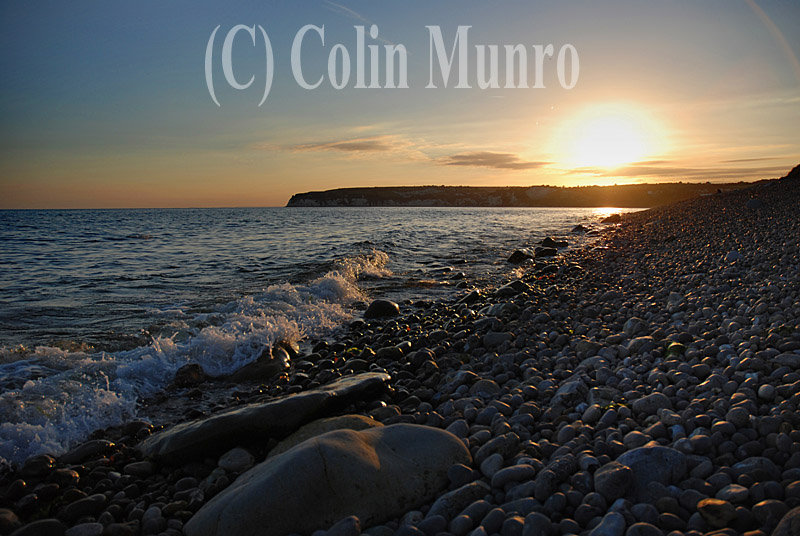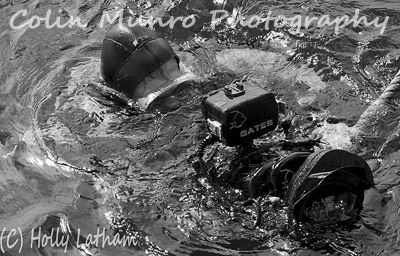The rules of landscape photography. That’s a fairly ambitious title huh? Maybe I’ll backtrack a little. As with all photography there are no absolute rules. There are only guiding principles; and like all guiding principles they are there to be broken – once you understand them and have a clear understanding of the effect you are trying to acheive by breaking them. But I’m getting ahead of myself here…. let’s get but to the rules ..er.. guiding principles.
The Golden Hour.
Just to make life that little bit more confusing, the Golden Hour is actually two hours each day. It’s generally considered to be the first hour after dawn and the last hour before sunset. At these times, when the sun is near the horizon, the light we see travels almost parallel to the land. This creates longer shadows, adding a more pronounced three-dimensional look to our images. It also mean that the light passes through more air before it reaches us, scattering more blue light and creating a warmer more reddish hue. i confess I am addicted to working during the Golden Hour(s). In summer this means getting up at stupid times in the morning to be on location as the sun rises; in winter you get to stay in bed later but often have to brave sub-zero temperates. But if conditions are right, the images are well worth it.

By creating shadows and so releif, the low lighting that occurs during the Golden Hour enhances the three dimensional appearance of features such as pebble beaches. Sunset, Axmouth pebble beach, beneath Haven Cliff.
generally we want the sun coming in from the front-side of the image, creating shadows on the photographer side of the image. If we place the sun closer to the centre of the image we create silhouettes, which can be interesting, but run the danger of large amounts of flare in the image. One pleasing effect that can be created by shooting towards the sun is backlighting peaple or objects, creating a rim light around their edges. Often with people this in the sun catching the hair of the person (in the similar way to the way a ‘hair light’ works in studio photography). The image below, with the silhouette of a young boy (my son actually) juggling on the beach near sunset helps illustrate these effects. The silhouetted girl below that shows how backlighting can be used to light features such as long hair.

A backlit image with the sun almost directly central in the image, creating silhouettes. The low lighting picks out the texture of the sand clearly.
Of course it doesn’t have to be people that are backlit. A nice effect can equally be creating with animals as the subject, such as this highland cow I photographed in Perthshire on a summer evening.

A girl silhouetted by the setting sun. The backlighting from the sun catches on the edges of her hair, creating a pleasing backlighting.
The other thing worth noting is that just after sunrise, or just before sunset, often produces the most dramatic skies. Clouds are etched in stark relief due to the low light, and are often painted in varying shades from delicate pinks to blood reds.
Find me on Google+ Colin Munro
Like my page on Facebook
My main website Colin Munro Photography
Follow me on twitter @colinmunrophoto



